You can start brushing your teeth 24 hours after a tooth extraction—but avoid the extraction site. Use a soft toothbrush and rinse with warm salt water to promote healing and avoid complications like dry socket.
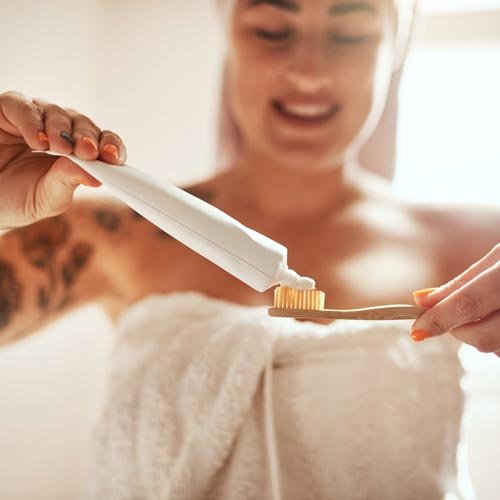
Maintaining oral hygiene—even after an extraction—is vital for healing. Avoiding plaque buildup prevents infection and supports gum regeneration.
Even though you’ll need to adjust your brushing habits for a few days, you shouldn’t stop your oral care altogether.
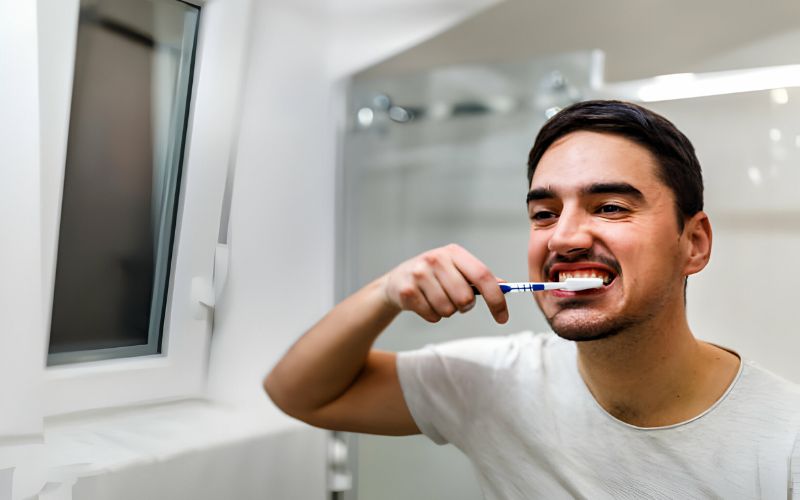
For the first day, your priority is to allow a blood clot to form over the socket. This clot is essential—it protects the bone and nerves underneath.
Avoid:
Doing any of the above can dislodge the clot and cause a painful dry socket.
After the first 24 hours, you can begin cleaning your mouth carefully:
Saltwater rinses become crucial at this stage:
This helps prevent infection and keeps the area clean without trauma.
Once 72 hours have passed, most patients can resume a more typical oral care routine—with caution.
Depending on your healing, your dentist may clear you for normal brushing around the 5–7 day mark.
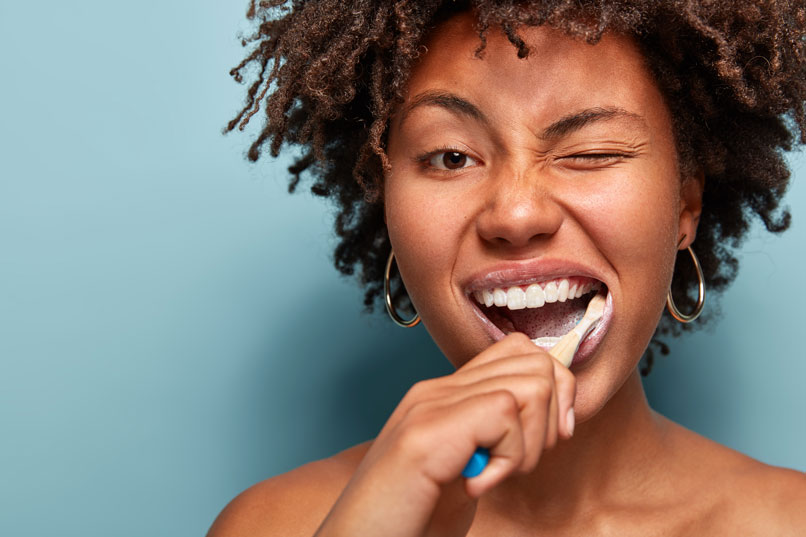
When it’s time to brush again, technique matters. Here’s how to do it safely.
To reduce risk of trauma or irritation:
Some patients prefer children’s toothbrushes during recovery for their gentler bristles.
Saltwater rinses help cleanse the mouth without disturbing healing tissue.
How to make it:
How to use:
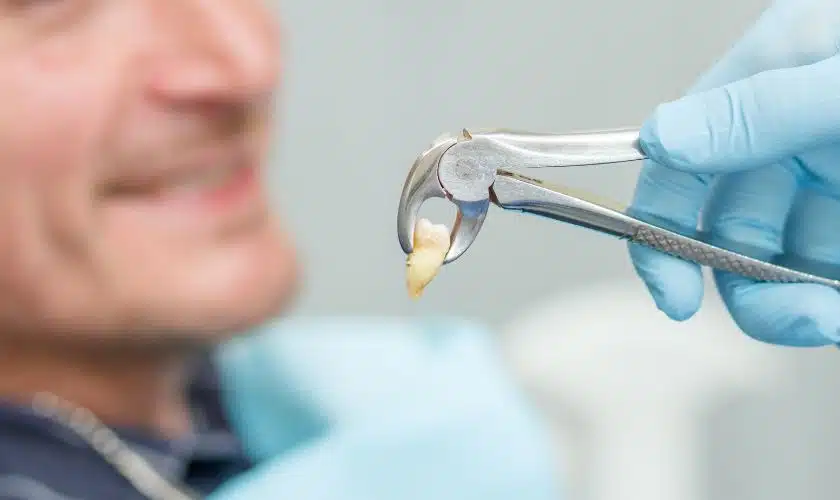
Avoiding mistakes is just as important as following the right steps.
Do NOT:
Each of these can cause dry socket—a painful condition that delays healing and requires professional treatment.

Not all extractions are alike. Some situations require extra care and a slightly modified brushing timeline.
Wisdom teeth are usually located at the very back of the mouth, making aftercare more difficult—similar to cases involving Tooth Extraction for Braces, where careful oral hygiene is also critical during healing.
If you’ve had several teeth removed:
Healing may take longer for patients with certain medical conditions.
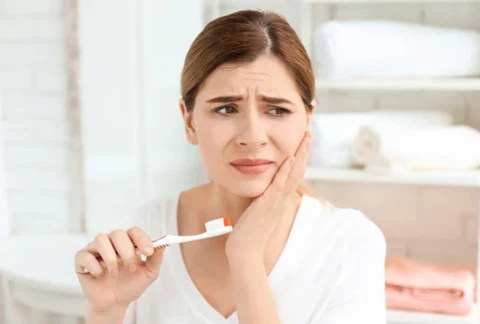
Here’s a simplified day-by-day breakdown to guide your oral care routine:
Day | Brushing Advice |
Day 0 | Do NOT brush or rinse at all |
Day 1 | Start brushing other teeth gently (not near socket) |
Day 2–3 | Continue brushing carefully; add saltwater rinse |
Day 4–7 | Slowly resume normal brushing, avoiding the site |
Day 7+ | Resume brushing near the site if healing allows (ask your dentist) |
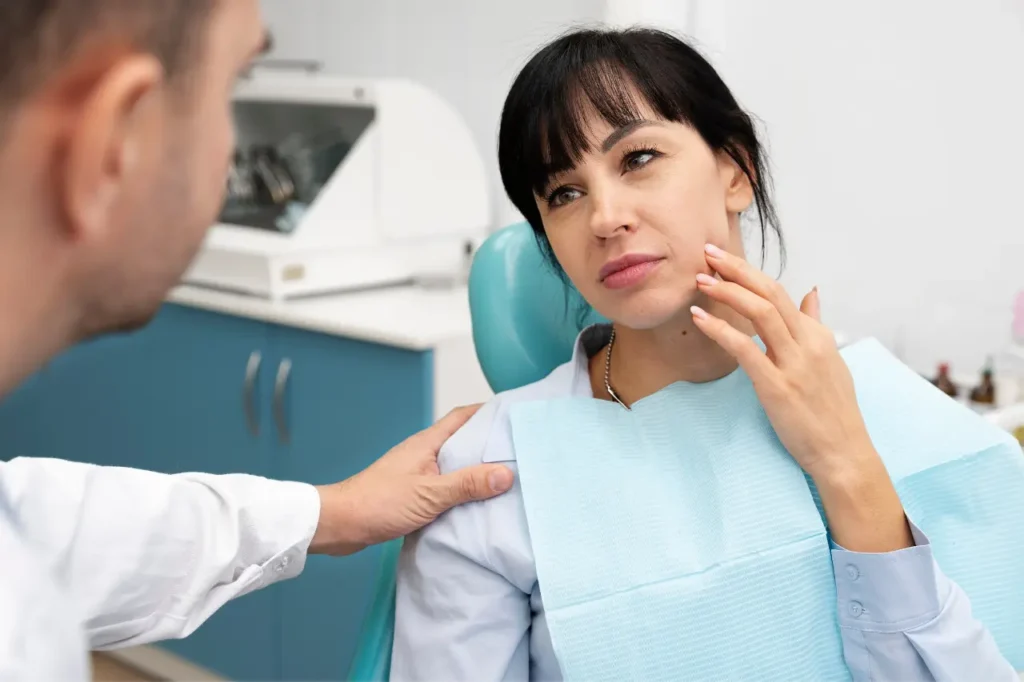
Call Buford Dentist if you experience any of the following:
Your peace of mind matters just as much as your oral health.

To wrap up, here’s a quick summary of key post-extraction oral care tips:
Do:
Don’t: